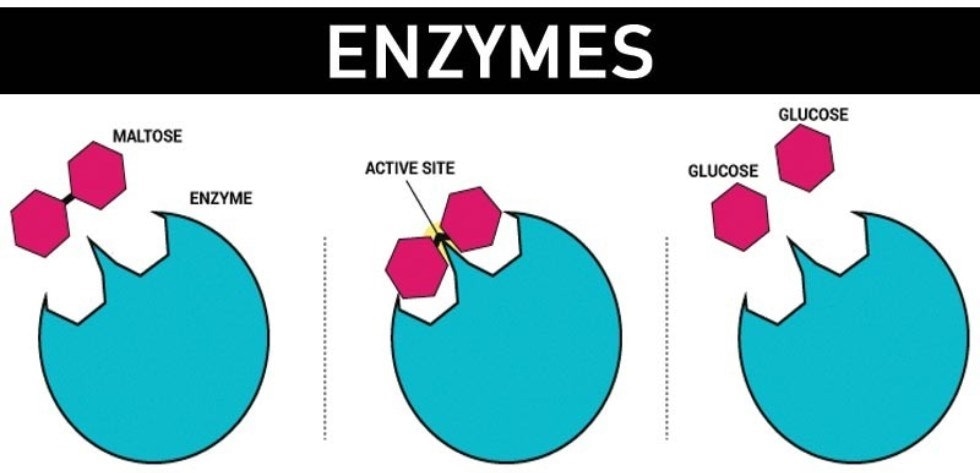At Kazan Federal University, the Laboratory of Enzyme Biosynthesis and Bioengineering is involved in many projects in applied and fundamental fields of medicine and biology.

Image Credit: Kazan Federal University.
For many years, the main target of the study has been the synthesis and characterization of enzymes. Enzymes, like subtilisin-like proteinase, metalloproteinase, and glutamyl endopeptidase, have been comprehensively explained in the theses of Ye. Mikhailova, N. Rudakova, and T. Shamsutdinov, respectively.
In her thesis, the study’s co-author Iuliia Danilova defined the biological impacts of all three enzymes. Enzymes, including phytases, have been analyzed and explained in the research works of A. Suleimanova and A. Akhmetova. Additionally, N. Balaban made a key contribution to the study on these proteins. Professor Margarita Sharipova supervised the study of enzymes.
The publication is dedicated to the description of various microbial enzymes with a potential for realistic application. The interest in microbial enzymes can be attributed to the inability of plant and animal proteolytic enzymes to completely fulfill the requirements of the global population.
Microbes are an accessible source of enzymes because of their wide variety, ease of cultivation, the safety of handling, and genetic transformability.
Characterizing and screening these enzymes from various sources may provide several advantages from both industrial and environmental perspectives. Microbes are regarded as a major source of proteases, because they can be quickly obtained in large amounts using proven fermentation techniques, and they generate a normal and abundant supply of the required product.
Microbes also produce a broad range of enzymes and proteins that have useful properties. Additionally, microbial proteins have a longer shelf life and can be preserved under sub-optimal conditions for many weeks without a major activity loss.
In the recent past, many studies have been performed on the characterization of bacillary proteases. Scientists from various nations have acquired enzymes that have thrombolytic and fibrinolytic properties. There are familiar strains of the genus Bacillus, which synthesize proteases showing high degradation activity of the β-amyloid peptide, which leads to Alzheimer’s disease.
It is known that a majority of the microorganisms live in complex communities, referred to as biofilms. One negative feature of the biofilms formation is the damage they can cause on agriculture, healthcare, and industry.
Scientists have tested the anti-biofilm activity of bacillary proteases on a huge number of bacterial biofilms. Phytases are regarded as a means of boosting the availability of organic phosphorus in grain feed meant for farm animals. This may offer a substitute to mineral sources of phosphorus added to the feed.
The deficiency of therapeutic agents in various fields of medicine, like antiviral therapy, cardiovascular therapy, and the therapy of neurodegenerative disorders has driven the quest for new preparations o therapeutic enzymes.
Fibrinolytic proteases denote a potential substitute to present-day medications for thrombolytic treatment. The proteins explained in the study have also been suggested as promising agents for the development of drugs against Alzheimer’s disease. The development of drugs based on bacilli or their metabolites that disturb the integrity of the biofilm matrix is both promising and innovative.
Microbial enzymes that enhance the digestibility of nutrients are used to improve the efficiency of animal feed. The publication explains the commercially available feed enzymes that are part of the protease and phytase families, which are mainly included in the feed for poultry and pigs.
Additional investigations of the research work will target at developing technologies that will decrease the cost of enzyme synthesis, while upgrading ts application in practice.
Source:
Journal reference:
Danilova, I & Sharipova, M (2020) The Practical Potential of Bacilli and Their Enzymes for Industrial Production. Frontiers in Microbiology. doi.org/10.3389/fmicb.2020.01782.